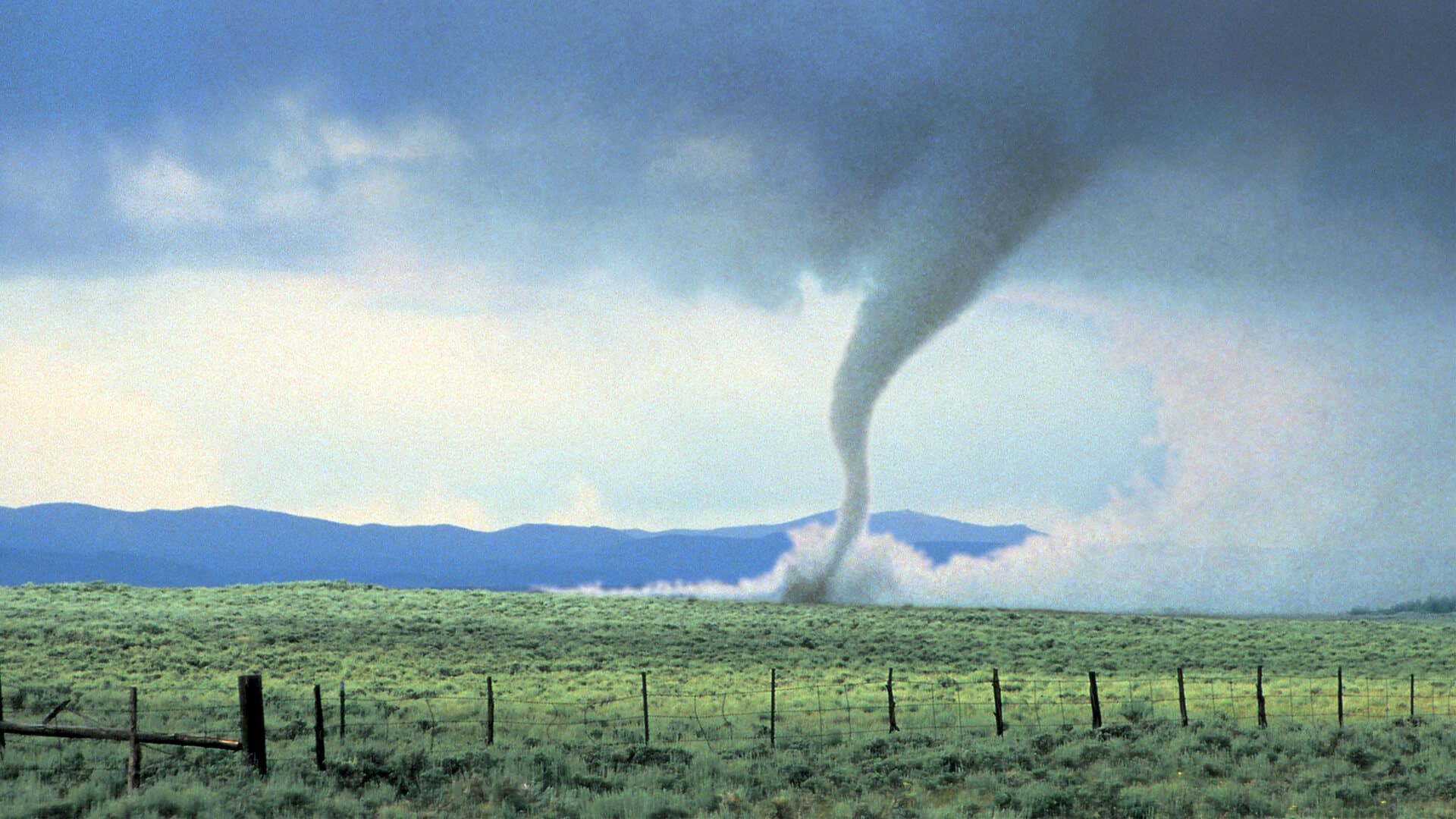Beneath the ocean’s tranquil surface lies a bustling network that powers our interconnected, online world: undersea internet cables. Spanning thousands of miles across the ocean floor, these fiber-optic wonders are like digital highways beneath the waves. They facilitate the flow of information, enabling global communication, commerce, and connectivity on a scale never before imagined. Think emails, webpages, and video calls… over 95% of global data cruises through these cables at mind-blowing speeds.
These cables are data beasts, slurping up terabits of info per second. To put it in perspective, that’s like streaming a bunch of 4K movies simultaneously, no buffering required. One cable can handle millions of users chatting, gaming, and streaming without breaking a sweat.
Mapping the Ocean Floor
Before laying cable, crews must survey the seabed, dodging hazards like rocky outcrops and shipwrecks. Then come vessels armed with reels of fiber-optic cable, which is carefully released along the ocean floor as ships cruise. Some parts get buried in sediment for protection, while others rest snugly on the seabed. Along the way, boosters keep the signal strong, ensuring data travels far and fast.
Precision Engineering
Maintaining this vast network is no small feat. Undersea cables face numerous challenges, from natural wear and tear to accidental damage caused by ship anchors and seismic activity. When a cable is damaged, it can disrupt internet connectivity for entire regions, impacting businesses, governments, and individuals alike.
Enter the unsung heroes of our digital age: undersea repair crews. These skilled teams brave the ocean’s depths—contending with rough seas, strong currents, and extreme weather conditions—to keep our internet infrastructure running smoothly. Repairing undersea cables requires precision engineering and meticulous planning. When a cable fault is detected, crews embark on a delicate mission to locate and repair the damage. They operate highly specialized vessels and use remotely operated vehicles (ROVs) with cutting-edge sensors and tools to navigate the ocean floor with pinpoint accuracy, as reported in a recent feature by The Verge.
Undersea cable maintenance is a truly global endeavor. Repair crews work in international waters, collaborating with telecommunications companies, governments, and regulatory bodies from around the world. This spirit of cooperation ensures that internet connectivity remains resilient and reliable, even in the face of adversity.
Innovations in Undersea Cable Technology
As our reliance on the internet continues to grow, so too does the importance of undersea cable infrastructure. In response, researchers and engineers are constantly developing new technologies to enhance the resilience and capacity of these vital lifelines. From beefing up legal protections to rerouting traffic via satellites during outages, the goal is clear: keep the data flowing, no matter what.
So, next time you FaceTime your friend across the globe, take a moment to thank those fiber-optic cables quietly doing the deep sea heavy lifting. They’re the unsung heroes keeping us all connected in this digital age.











